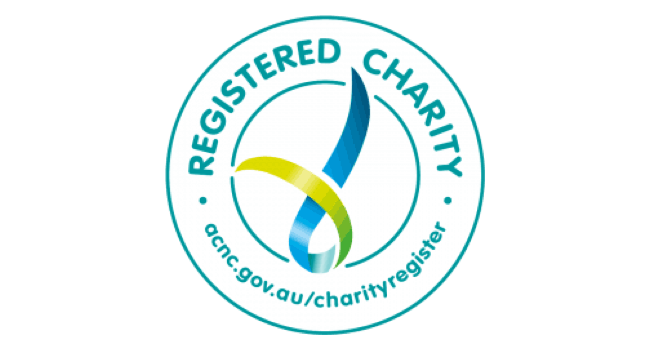Whatever activities your club undertakes, one of your most important tasks will be to keep the school community informed. Of course you’ll want to promote events you’re running, such as social events and fundraisers, but it’s also important to promote the everyday things – meetings, AGMs, ongoing programs such as classroom helpers or class reps, changes of volunteer positions within the club.
Online
In the digital age, even small groups can take advantage of social media and other online technologies to spread their message. Some of the communication channels outlined on our Keeping in touch with members page are also useful for reaching out to a wider audience.
 Leaflets or flyers
Leaflets or flyers
Despite the advantages of online communications, it’s a crowded world out there in cyberspace with many messages clamouring for our attention. You might decide that something on paper, such as a leaflet or flyer, would be more effective for your target audience. A leaflet or flyer might be aimed at informing people about the club, important meetings or issues affecting the school or club. An organised group of parents distributing pamphlets can be very effective in generating interest, both in the issue raised as well as the parent group itself. It is also an effective means of ensuring all parents at the school have access to up to date information.
Purpose of the flyer
Decide what is the main purpose for your leaflet or flyer. Is it to inform? educate? inspire? entertain? unite? etc..
Knowing your main purpose, dictates 80% of the content.
Call to action
Make sure you communicate clearly what you are asking people to do. Is it to come to an event, donate money, sign a petition, join the club? Make sure that if the person reading the flyer asks, “So what should I do?”, there is a clear and prominent answer for them.
Audience
Decide who your target audience will be. Give consideration to:
- Age category
- Gender
- Social environment
- Social and economic background of reader
- Where will your article end up? Fridge, coffee table, etc.
- Culture and language of school community
Life of document
In planning your document, consider if it is to contain information for immediate use, or will it be applicable for a longer period, for example, 2-3 years?
Pictures, graphics and format
When designing a flyer advertising an event, information brochure, etc.
- Use images to attract attention and convey important information. If an event is going to be fun for families, an image will convey that message more effectively than words.
- Use sub-headings to break up the information. People will get put off by big slabs of text.
- Use punchy phrases For example, ’Get Involved’.
- Try to leave at least a little empty space – an overcrowded page is not very appealing.
Information
Don’t say too much on a leaflet.
- What is the main purpose for providing information?
- Try to stick to one message per pamphlet. Short frequently appearing pamphlets are more effective than long ‘one-offs’. A good campaign around a school issue can be built up with a series of leaflets starting with a hard hitting leaflet on the basic issue and then the development of this in subsequent pamphlets.
- Put the most important parts of your message at the start and end. If using two sides of the paper it works best if you have big headings and a few simple points on one side and more detailed information on the other.
- Always make sure that information is correct (i.e. phone numbers, dates etc.)
- Always include the name of your organisation and how you can be contacted, on the leaflet.
Responses
Give opportunity for readers to respond and where to go for further information e.g. phone number, email, web address (QR codes are great if you have more info on a web page – see our online resources page for how to make them.
Newsletters
 Many clubs have a regular section in the school newsletter. This is a great way to keep in touch with your community without needing to publish your own newsletter. Even if there doesn’t seem to be anything to say, try to keep a regular presence – you can just announce the next meeting (even if you’ve already announced it), remind people about coming events, report on past events, or just celebrate ongoing activities or club volunteers.
Many clubs have a regular section in the school newsletter. This is a great way to keep in touch with your community without needing to publish your own newsletter. Even if there doesn’t seem to be anything to say, try to keep a regular presence – you can just announce the next meeting (even if you’ve already announced it), remind people about coming events, report on past events, or just celebrate ongoing activities or club volunteers.
It’s a bigger job to publish your own newsletter but you may consider it worthwhile – see our online resources page for how to do it for free.
Newsletter content
Short snippets and articles tend to get read more than long ones so it’s a good idea to keep the content chatty and in brief segments. Your newsletter’s usefulness lies mainly in keeping people up to date with things that are happening and alerting them to ways that they can get further information or get more involved if they want.



